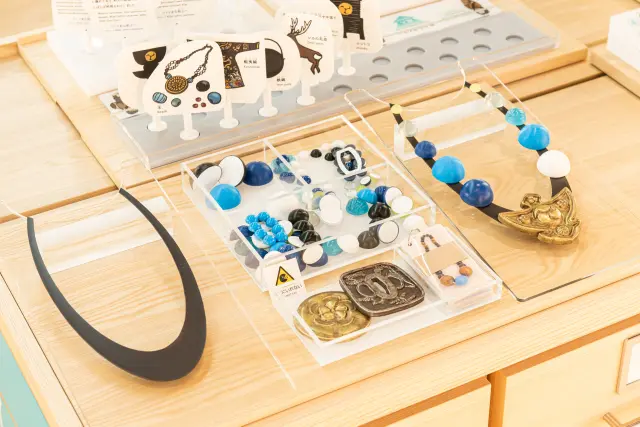🗺️ Upopoy Symbolic Space for Ethnic Harmony
🎨 Attraction Gallery
📝 Introduction
Located in the northernmost part of Japan's natural landscape, the National Museum offers you an insight into Ainu culture.
📖 Details
⭐ Highlights
❓ Frequently Asked Questions
Q: Is there a foreign language introduction signboard or manual? (If so, please let me know which languages are available.)
A: Yes. ・Guided tour manuals: English, Traditional Chinese, Simplified Chinese, Korean, Thai, Russian ・Introduction signboards: English, Traditional Chinese, Simplified Chinese, Korean For other language versions, please refer to the official website.
Q: Is there free Wi-Fi in this area?
A: Free Wi-Fi is available. It can be used throughout the entire area.
Q: Is there a coin-operated locker?
A: There are coin-operated lockers available. Please refer to the official website for the fees.
Q: Is re-entry allowed?
A: Re-entry is allowed. Please go to the entrance gate to obtain a re-entry ticket.
Q: Is there a smoking area?
A: Sorry, no. Based on the Passive Smoking Prohibition Law, smoking is completely banned in the entire area, including the parking lot.
📍 Contact & Information
📍 Address
2-3 Wakakusa Town, Shiraoi-cho, Shiraoi-gun, Hokkaido
📞 Phone
0144-82-3914
🌐 Website
Visit Official Website🚇 Transport
About a 10-minute walk from JR "Shiraoi" Station.




































